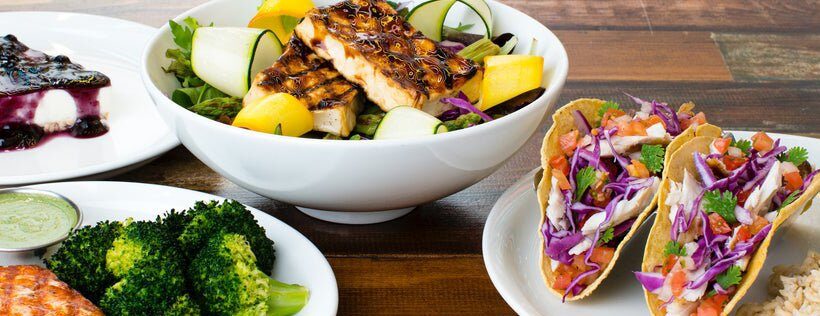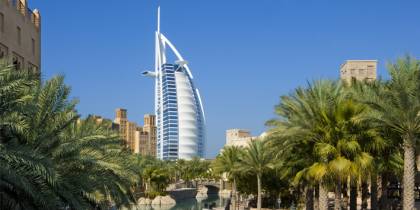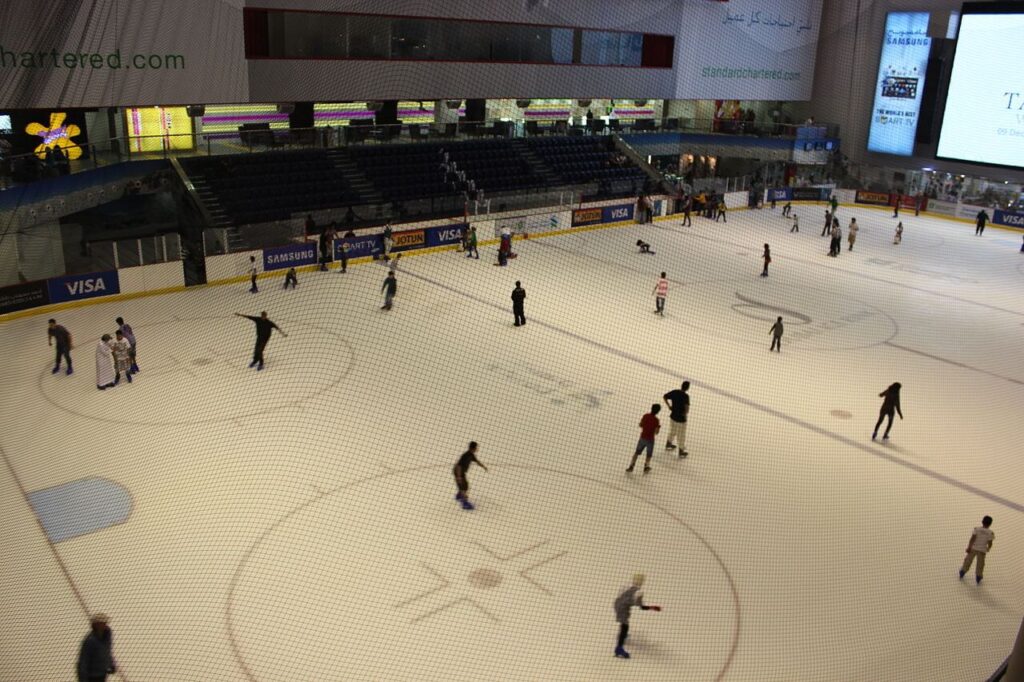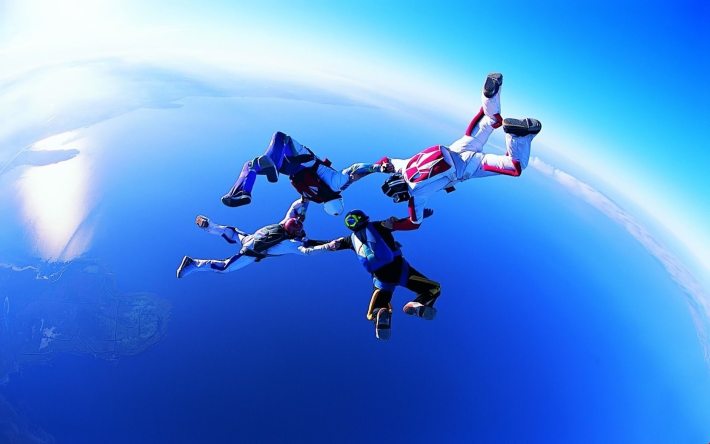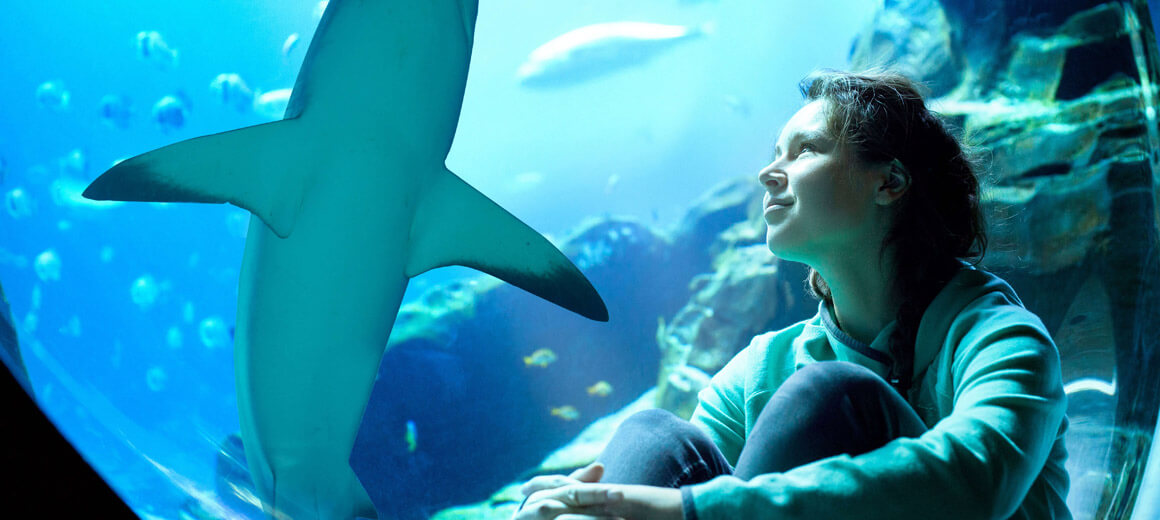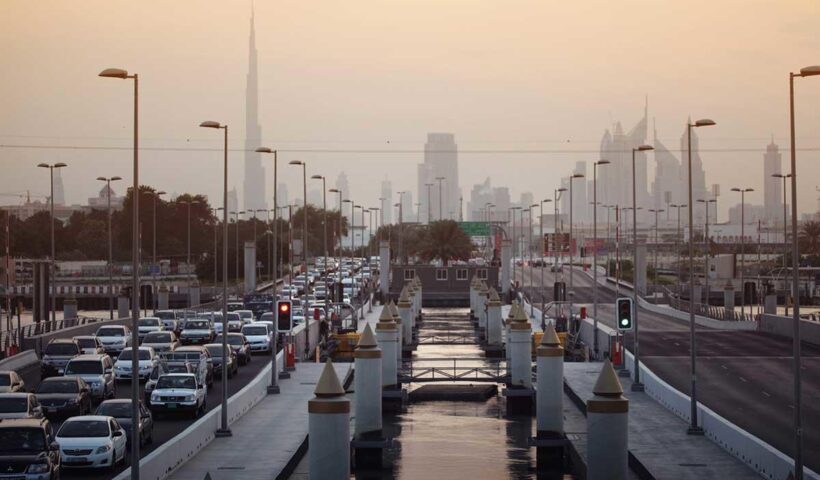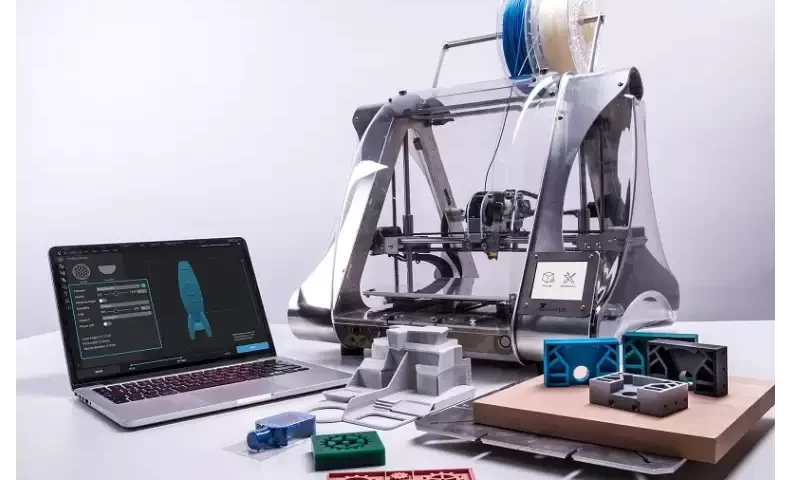A number of locations around the world have developed and grown as a result of entrepreneurship. Entrepreneurs’ creation of employment possibilities has aided in addressing issues such as regional imbalance and poverty. Particularly developing nations, which are heavily reliant on agricultural, are working to support entrepreneurship.
Economic Factors Affecting Entrepreneurial Growth
In essence, these elements are in charge of making sure that a country’s economy grows and develops. These elements create a favorable economic climate and financial security for the enterprise’s success. These economic elements, which affect the growth of entrepreneurship in various ways, include the following:
-
Capital
The need for capital is essential when starting an entrepreneurial activity. The requirement for purchasing land, materials, machines, etc. is capital. When sufficient capital is on hand, an entrepreneur is in a position to acquire all the production requirements. Consequently, entrepreneurial growth results.
-
Labor
Affordable and skilled labor is necessary to run a successful business. This Will Boost The Venture’s Overall Productivity, Promoting The Growth And Development Of The Entrepreneur’s Business.
-
Raw Material
The availability of high-quality raw materials at reasonable prices is another factor influencing the growth of entrepreneurship .The cost of production will be decreased if the raw material is easily accessible and close to the manufacturing unit. Nevertheless, this issue can be resolved by ensuring a robust supply chain, but doing so might raise the cost of production.
-
Market
A market is just a place where producers and consumers interact. Here is where the actual buying and selling happens. The future direction of the business depends on the market. A business venture is doomed to failure if a consumer is unwilling to purchase a product that the entrepreneur offers. However, if the product of the entrepreneur can fulfill its purpose and address the issues of the consumers, it indicates that there is a market for it. This will boost the company’s sales, which will foster entrepreneurial growth.
Non-Economic Factors Affecting Entrepreneurial Growth
1.Social Factors Affecting the Growth of Entrepreneurship
The economic aspects need to be addressed as well, but this is insufficient to guarantee entrepreneurial growth. Social scientists claim that some of the social factors influencing the growth of entrepreneurship include the following:
-
Social Mobility
One of the social factors influencing the growth of entrepreneurship is social mobility. Both social and geographic mobility are involved. An entrepreneurial venture has been found to be able to grow more in environments that are flexible and liberal in the past. As a result, we see that some areas are experiencing higher levels of entrepreneurial activity than others.
- Legitimacy of EntrepreneurshipEvery society creates its own set of standards, laws, and rules. In turn, these values provide as a social setting for entrepreneurial activities. In order to achieve business goals or make money from a new idea, the entrepreneur ought to continue to work while keeping in mind that social values and laws are upheld.
2. Psychiatric variables
In addition to the previously mentioned elements, psychological issues are also important determinants of entrepreneurship. Even if the economic and social climate is favorable and supportive of a firm, it won’t matter if the participants aren’t driven by their own interests. A few of the psychological elements influencing the growth of entrepreneurship include the following:
-
Status Respect
It has been noted that the loss of status encourages dissatisfied members of a society to choose a different, distinctive product option. This opens up opportunities for entrepreneurial growth. When someone is dissatisfied with the current situation, they search for innovations. This promotes the growth of entrepreneurs.
-
Inspiration for High Performance
The Need-Achievement Theory According to a theory put forth by D. McClelland, a desire or motivation for outstanding performance determines whether or not an enterprise will grow or develop. He has said that whether a business venture or an entrepreneur succeeds or fails depends on their level of motivation. Both employees and the business owner can receive the proper training to guarantee a high level of motivation.
3. Political Factors Affecting Entrepreneurship
Government activity affects each of these aspects, either directly or indirectly. Because the government recognizes that the growth of entrepreneurship in the nation would have a positive impact on the economy, it designs policies and legislation with entrepreneurs in mind. As a result, the government regularly provides support to business owners through the creation of industrial parks, special economic zones, subsidies, and other programs. One of the most important variables impacting the growth of entrepreneurship globally is political concerns.
Entrepreneurship is influenced by a number of things. Because of this, an entrepreneur needs the cooperation of all project stakeholders. The growth of entrepreneurship is essential, especially in a nation like India where it has the potential to generate significant economic value and job possibilities.
Harappa has started a course on Leading Self to help people better grasp the aspects that affect entrepreneurship growth. This course, which is being taught by the top industry professionals, will be extremely helpful for people who are starting their own business or have immediate plans to do so.



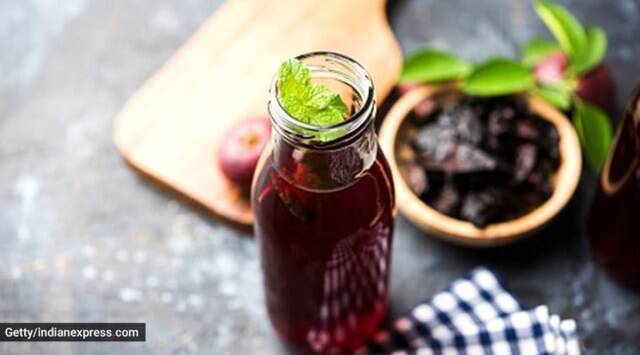


:quality(70)/cloudfront-eu-central-1.images.arcpublishing.com/thenational/4O5CNHP7LRAMHJ7OOEYEBNGUBQ.jpg)
:quality(70)/cloudfront-eu-central-1.images.arcpublishing.com/thenational/3X2TZ2KLYVHIHOBUUY2WXSOE5M.jpg)
